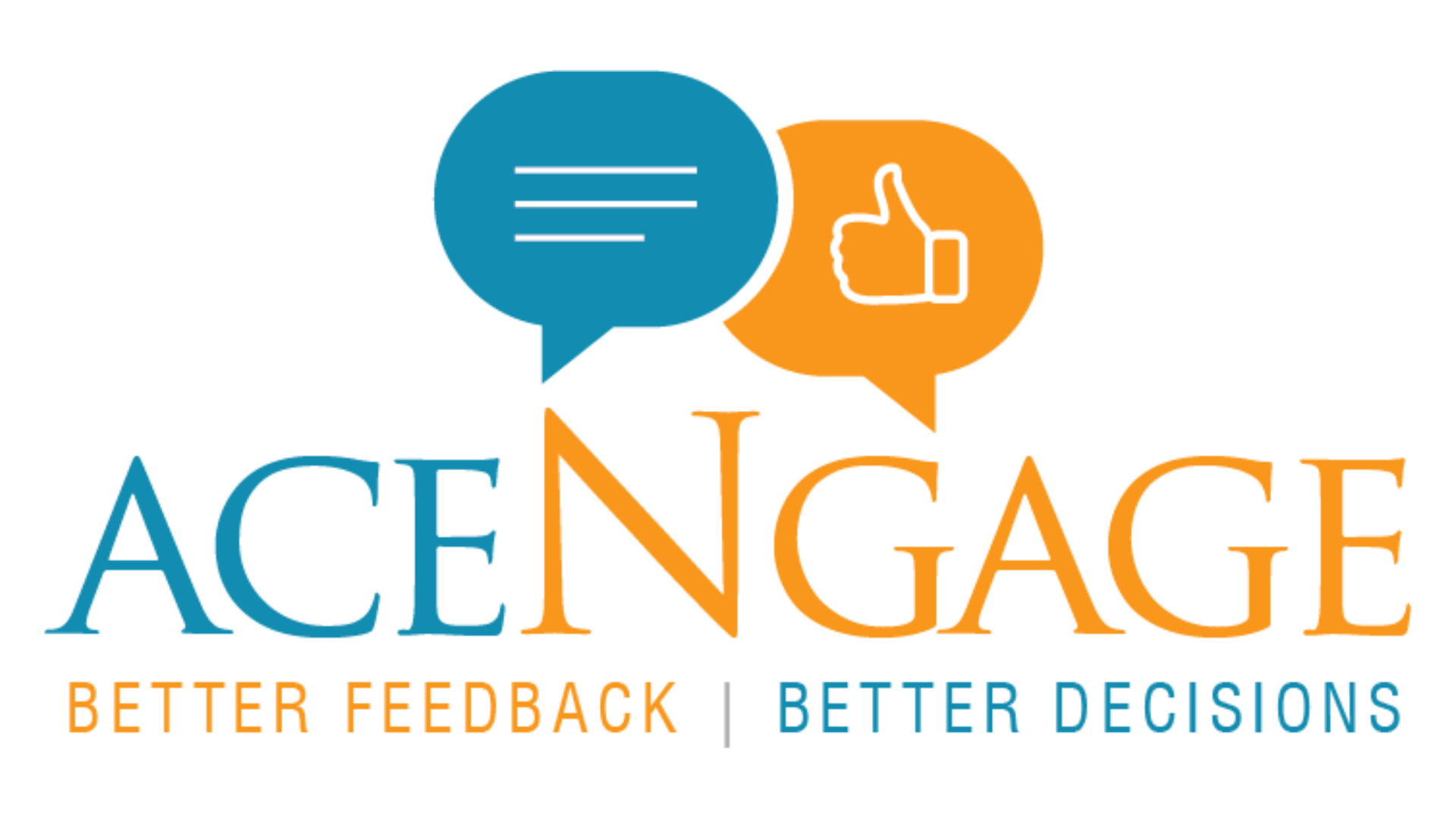[vc_row row_type=”row” text_align=”left”][vc_column][ultimate_spacer height=”20″][vc_column_text]When remote working started off, we witnessed some interesting highlights, initially.
Productivity soared, worked continued, employees set up offices in their homes, and then, later on hybrid working started for some. Around the same time, we have seen sprouts of efforts to improve employee engagement activities within organizations. Some under the themes of calendarized wellness programs, fun activities, coffee zoom meetings, etc., while others under games, meditation sessions and more. It has been good start. But was it enough? Not really.
Why? Because eventually, we had to cope with other issues ranging from burnout, wellbeing concerns, virtual fatigue, disengagement, leading to the mounting of resignations. No one knew when it was happening. It took time, business numbers, loss of revenue, added hiring costs and recruitment quests to show us the real picture.
If there is one thing that should be an immediate priority, it is to bring consistency to engagement and employee experience. We are well aware that higher engagement improves productivity, lowers attrition, fosters brand ambassadors out of employees. In this article, we will discuss some top ways to improve employee engagement, remotely.
[/vc_column_text][ultimate_spacer height=”20″][vc_column_text]
Top Ways to Improve Employee Engagement, remotely
Whether employees are onsite, offsite or in hybrid work mode, engagement experience of employees must be uniform. It is like an equilibrium. Any distortion of the balance, can prove costly for organizations and can impact in multiple directions. Disengagement leads to lowered productivity, higher attrition all-in-all, which affects business revenue.
Inevitable to see, that employees remain at the heart of it, no matter where they work from.
[/vc_column_text][ultimate_spacer height=”20″][vc_row_inner][vc_column_inner][vc_column_text]
1. Enhance the culture of engagement
[/vc_column_text][vc_single_image image=”10100″ img_size=”full” alignment=”center”][ultimate_spacer height=”15″][vc_column_text]We are in the remote, virtual, hybrid world. Having a candid employee discussion means much more now, than it ever did in the past. The work culture must reflect how important employee engagement is.
Engagement culture for one cannot be confined to activities.
It runs through all functions of an organization.
It culminates in a positive experience for an employee.
With this outcome in mind, every aspect must be tracked back to assess, what in the current system can be modified, changed or removed.
If we are looking for long term benefits, and not quick fixes which could be short-lived, the entire culture of engagement must be reviewed, calibrated and improved.
There is no way to tell or read engagement levels by an employee, it is experienced. From the top most leader to the intern who just joined, everyone must experience the difference.
They must feel heard, must know how to share feedback, must know they are valued, must have a strong sense of belonging and loyalty.
The company policies or processes must reflect trust and transparency. For example, what should an employee do in a situation of strife. They must know that resignation is not the solution.
There must be enough avenues within the organization that could offer solutions and address the concern.
When there are enough answers within the organization, disengagement is reduced, and so is the flight risk, as well.
[/vc_column_text][/vc_column_inner][/vc_row_inner][ultimate_spacer height=”20″][vc_row_inner][vc_column_inner][vc_column_text]
2. Create career options and role alternatives
[/vc_column_text][vc_single_image image=”10101″ img_size=”full” alignment=”center”][ultimate_spacer height=”15″][vc_column_text]Employees seek growth and diversity of experience.
When organizations create growth avenues and learning pathways, employee engagement is boosted.
Employees will seek ways to stay longer with the firm. Organizations must explore making cross-hybrid roles for employees. This will attract employee retention and keeps them engaged.
Employee engagement must reflect in clear processes and structure. Employees must know exactly what to do, when they want to choose a particular career option or role alternative. They must have options to apply for in-house job openings, and have flexibility of choice.
Additionally, the basic talent parameters of the process must be clearly established. Such as what the required skills matrix will be, required competencies are, what the performance criteria will be and other aspects.
Organizations must create subsets of options for employees, so that they have enough options to choose from, without having to search externally or without having to be taken by competitors.
Giving such opportunities within the organization will motivate employees to perform better, raise the bar and meet the set benchmarks.
[/vc_column_text][ultimate_spacer height=”20″][/vc_column_inner][/vc_row_inner][vc_row_inner][vc_column_inner][vc_column_text]
3. Create Upskilling and development
[/vc_column_text][vc_single_image image=”10102″ img_size=”full” alignment=”center”][ultimate_spacer height=”15″][vc_column_text]When more career options open up, employees will have a choice of an alternate career path. But these options become more invested and robust, when upskilling opportunities are also, provided by the organization.
By choosing to upskill, employee engagement is improved and employees stay longer with the firm. In fact, they become invested in the organization itself.
Plus, an employee upgrades one’s professional expertise, which in turn benefits the organization. Their quality of work is improved, expertise is built with the enriched knowledge.
The other benefit for organizations in upskilling collaborations with other institutes is that the course assignments, schedules could be in sync with organizational milestones.
Employees will be able to better manage their work load and the upskilling agenda accordingly. Whereas, if it was for external vendors, upskilling could have different demands of time, assignments which puts pressure on employees wellbeing.
The upskilling option has long term benefits for both the employee and the organization. But the immediate result is improved employee engagement.
[/vc_column_text][ultimate_spacer height=”20″][/vc_column_inner][/vc_row_inner][vc_row_inner][vc_column_inner][vc_column_text]
4. Train managers to empathise with employees
[/vc_column_text][vc_single_image image=”10103″ img_size=”full” alignment=”center”][ultimate_spacer height=”15″][vc_column_text]In an uncertain world, we need steady and uniform leadership. Taking control of outside elements is not possible. But by stabilising what is in our control, internal situations can be secured to maximum extent.
What this means is, managers’ behaviours toward employees must be regulated.
Regulated to the benchmarks of the company’s brand, policies, frameworks, competencies, expected behavioral attributes and the like. They must be trained to have better conversations with employees. And trained, on how to read the signs between the lines, from employees, while assessing the team’s behaviors, performance and overall team health.
This is especially, critical to bring about consistency in management of remote and hybrid teams.
Whether employees are in office or working from home, consistent benchmarks guide managers’ behaviors towards their teams.
The objective is to reinforce consistency, to bring about a similar employee experience. This is especially helpful to keep biases in check, and while dealing with subjective topics.
The last thing we want is employees worrying about managers’ showing a bias to employees in office, and ignore the WFH employees.
Stability in leadership beats ambiguity, trumps insecurity, establishes trust and clarity.
[/vc_column_text][ultimate_spacer height=”20″][/vc_column_inner][/vc_row_inner][vc_row_inner][vc_column_inner][vc_column_text]
5. Leaders to share vision and connect with employees
[/vc_column_text][vc_single_image image=”10104″ img_size=”full” alignment=”center”][ultimate_spacer height=”15″][vc_column_text]Leaders are like guideposts to employees.
Given the remote and hybrid nature of work, employees often need to hear from leaders to improve employee engagement, build awareness and to partake in the organizational goals.
Employees need to stay on track, to be aware of the vision, to be aware of the challenges, to know where and how they can contribute to the organization’s goals.
Leaders must connect with the employees and share such insights. It is important that leaders connect with employees at grassroot level and hear employee perspectives as well.
[/vc_column_text][ultimate_spacer height=”20″][/vc_column_inner][/vc_row_inner][vc_row_inner][vc_column_inner][vc_column_text]
6. Make rigid policies more flexible and employee centric
[/vc_column_text][vc_single_image image=”10105″ img_size=”full” alignment=”center”][ultimate_spacer height=”15″][vc_column_text]Before the pandemic, policies were more flavorable to in-person/onsite working. High time we admit that policies of that age need a change. Because today, it is different.
We need to cater to more flexibility, more choices, more comfort to induce belongingness in employees and nurture engagement levels.
Employees, now, expect organizations to be more empathetic and more accommodative in their policies.
Policies like internal job hiring, criteria for upskilling programs, custom work schedules policies, flexible leave management, work load reduction, transitional career paths and others must be relooked at and revised.
In similar light, earlier in this post, we had discussed about providing alternate career options and relating it to upskilling, in a nutshell.
[/vc_column_text][ultimate_spacer height=”20″][/vc_column_inner][/vc_row_inner][vc_row_inner][vc_column_inner][vc_column_text]
7. Promote a 360-degree work management review
[/vc_column_text][vc_single_image image=”10106″ img_size=”full” alignment=”center”][ultimate_spacer height=”15″][vc_column_text]There is only so much apps, systems and forms can do. There may be designated frameworks in place. But the gaps in between are real, but often overlooked.
Experience of work management can be captured within the teams, real time and to improve employee engagement.
The wealth of information relating to engagement and experience lies with the employees, teams, leads and managers.
What happens after work is assigned needs to be constructively, assessed. Like how the teams are interacting, how the managers are driving performance, what the lapses are, in communication, what could have been done better.
Ask your employees, teams and managers for feedback. Assess against the overall performance on the project.
Filter and refine the key take aways and adopt for improvement.
The onus of this exercise, has to be part of the work management culture that leaders’, managers’, team leads must drive.
The success of this approach depends on transparency at its core, instilling trust and to enforce a nurturing environment.
[/vc_column_text][ultimate_spacer height=”20″][/vc_column_inner][/vc_row_inner][vc_row_inner][vc_column_inner][vc_column_text]
8. Encourage team building
[/vc_column_text][vc_single_image image=”10107″ img_size=”full” alignment=”center”][ultimate_spacer height=”15″][vc_column_text]Research indicates that employees feel demotivated when they don’t have anyone to interact with, at work. It may not be an evident one, but team building does add to engagement levels.
Remote working has almost put employees in a situation of working in silos.
Setting time aside for social interactions within the team is important.
It could be in the form of team-bonding activities, happy talk hour, or simply getting together to interact and collaborate in the same virtual space, minus the work. Or it could be something as simple as everyday online team huddles, keeping the forum casual and fun for the group to interact.
Team bonding reaps long-term results such as increased productivity, better engagement and improved cohesiveness. It fosters familiarity and boosts rapport within teams.
And this becomes especially important given the remoteness of work. If organizations could give another reason for an employee to keep coming back to work, it could be this-team bonding.
[/vc_column_text][ultimate_spacer height=”20″][/vc_column_inner][/vc_row_inner][vc_row_inner][vc_column_inner][vc_column_text]
9. Sustained focus on work-life balance
[/vc_column_text][vc_single_image image=”10108″ img_size=”full” alignment=”center”][ultimate_spacer height=”15″][vc_column_text]The impact of work life balance is multi-fold. It could range from overall wellbeing, physical fitness, mental health, management of stress or burnout, caring for the family needs and more.
With the pandemic, work-life balance is no more a benefit but rather a basic necessity. It is no longer a differentiator amongst organizations.
Organizations must proactively cater for flexible work schedules, account time for employee’s family responsibilities, frequent time offs, resting time, wellbeing exercises etc, to reduce work-life conflicts.
It does not end there. The work-life elements extend into everyday living and progressive organizations support it.
Like boosting wellbeing efforts by encouraging fitness activities, providing discounts at gyms and health food centers, investing in ergonomic office furniture, tying up online medical expert consultation, etc, to enhance employee engagement.
Inclusion of employee’s dependents into wellbeing plans is another remarkable way to show that organization’s care. Organizations can also, endorse and teach wellbeing practices to employees.
Employee engagement infers employee experience. And which is why, employee engagement cannot be looked at a superficial level. There are a broad spectrum of approaches to increase engagement levels. But it is the choice of organizations on what they can accommodate, in this fast paced time.
One of the immediate choices that can fetch quicker results of engagement is gathering employee feedback and addressing the top common issues.
To get overarching employee feedback, all-inclusive of insights from real-time datapoints and conversations, our engagement services can be of help to your organization. With 14 years of expertise, AceNgage provides comprehensive engagement programs, that will be custom designed for your Organizational needs. Check our other success stories, for more details.
[/vc_column_text][/vc_column_inner][/vc_row_inner][ultimate_spacer height=”40″][vc_row_inner][vc_column_inner width=”1/2″][vc_column_text]
[/vc_column_text][/vc_column_inner][vc_column_inner width=”1/2″][vc_column_text]
[/vc_column_text][/vc_column_inner][/vc_row_inner][ultimate_spacer height=”40″][/vc_column][/vc_row]







